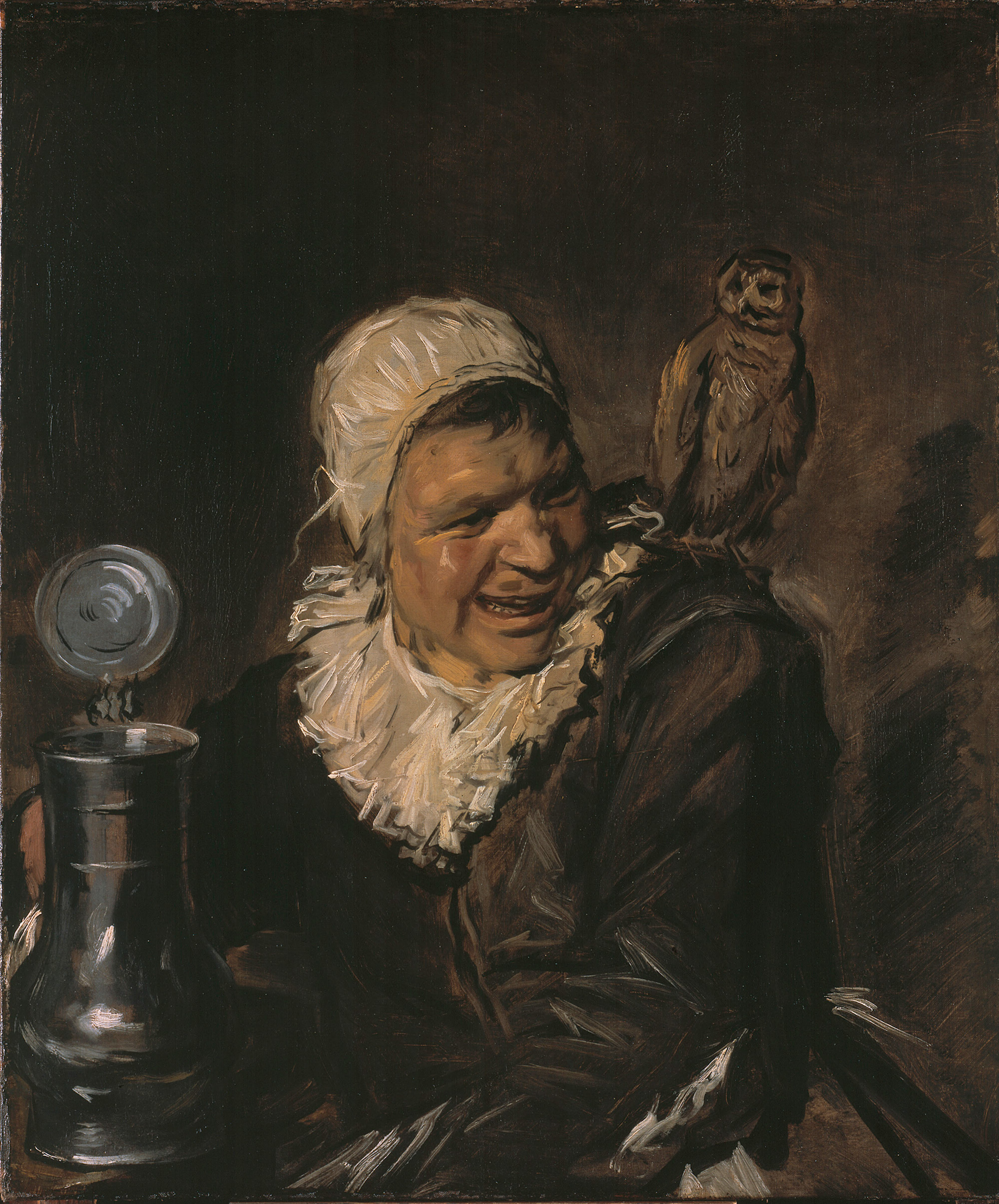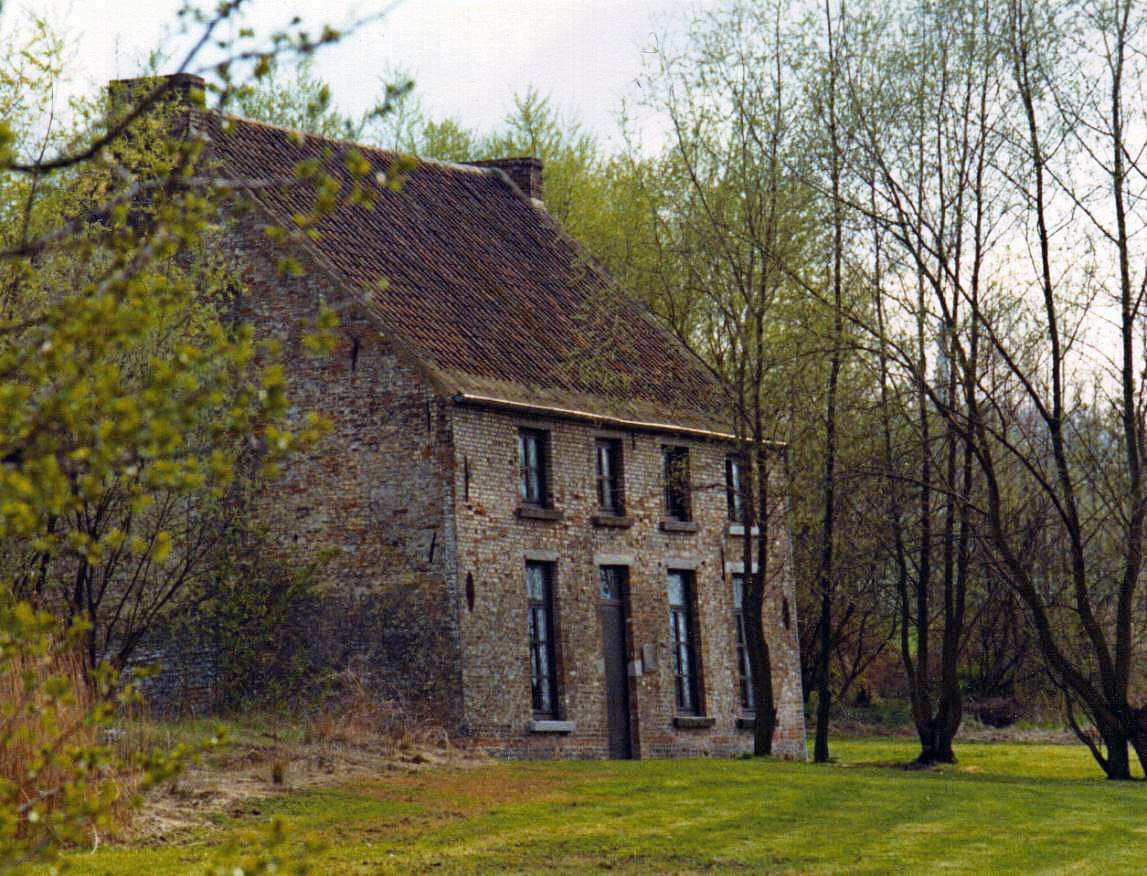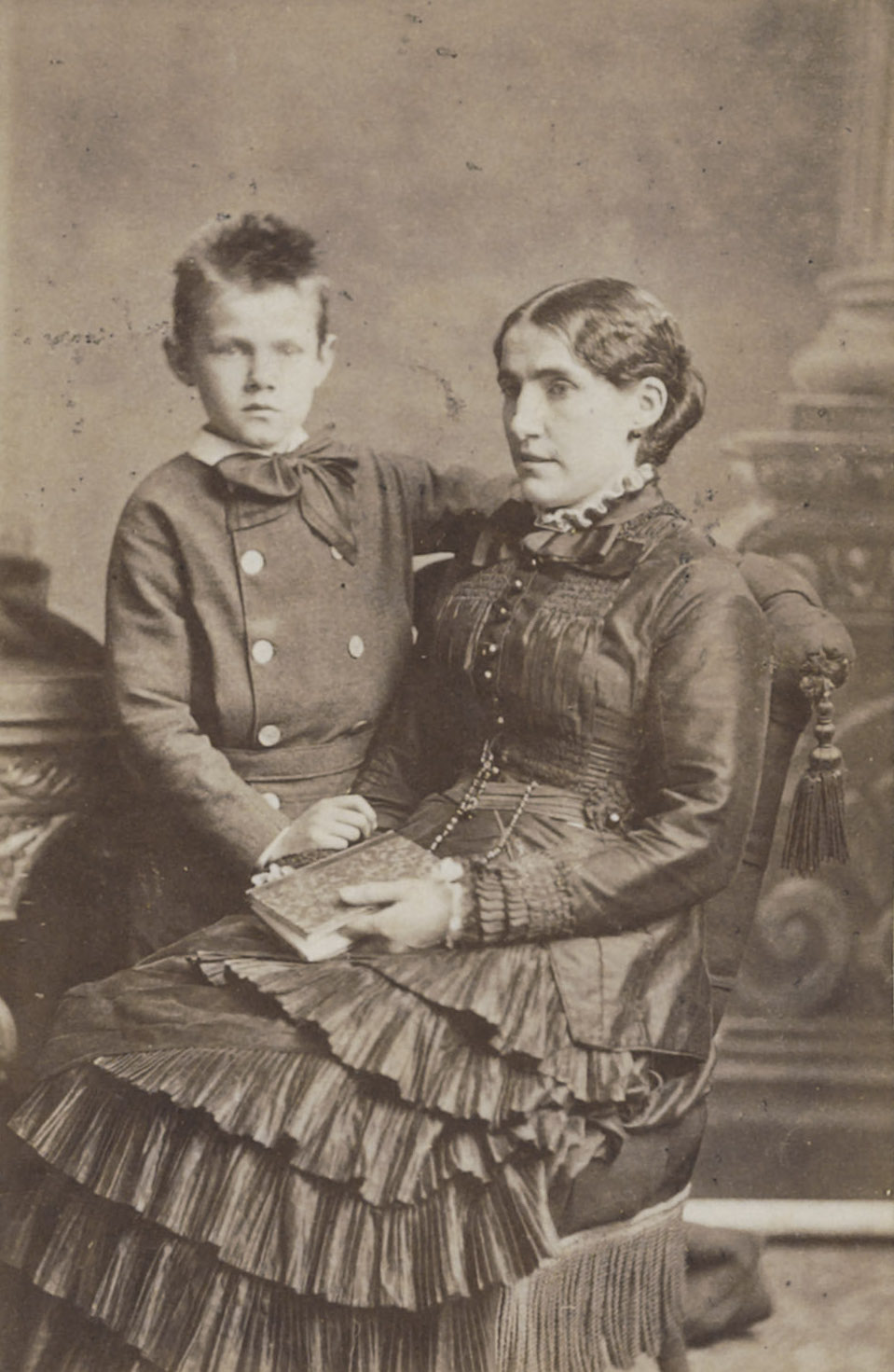|
Painterly
Painterliness is a concept based on ' ('painterly'), a word popularized by Swiss art historian Heinrich Wölfflin (1864–1945) to help focus, enrich and standardize the terms being used by art historians of his time to characterize Work of art, works of art. A painting is said to be ''painterly'' when there are visible Brush#Paintbrushes, brushstrokes in the final work – the result of applying paint in a manner that is not entirely controlled, generally without closely following carefully drawn lines. Any painting media – oils, acrylics, watercolors, gouache, etc. – can produce either linear or painterly work. Some artists whose work could be characterized as painterly are Pierre Bonnard, Francis Bacon (artist), Francis Bacon, Vincent van Gogh, Rembrandt Harmenszoon van Rijn, Rembrandt, Pierre-Auguste Renoir, Renoir, John Singer Sargent, and Andrew Wyeth (his early watercolors). The Impressionism, Impressionists, Fauvism, Fauvists and the Abstract Expressionism, Abstr ... [...More Info...] [...Related Items...] OR: [Wikipedia] [Google] [Baidu] |
Abstract Expressionism
Abstract expressionism in the United States emerged as a distinct art movement in the aftermath of World War II and gained mainstream acceptance in the 1950s, a shift from the American social realism of the 1930s influenced by the Great Depression and Mexican muralism, Mexican muralists. The term was first applied to American art in 1946 by the art critic Robert Coates (critic), Robert Coates. Key figures in the New York School (art), New York School, which was the center of this movement, included such artists as Arshile Gorky, Jackson Pollock, Franz Kline, Mark Rothko, Norman Lewis (artist), Norman Lewis, Willem de Kooning, Adolph Gottlieb, Clyfford Still, Robert Motherwell, Theodoros Stamos, and Lee Krasner among others. The movement was not limited to painting but included influential collagists and sculptors, such as David Smith (sculptor), David Smith, Louise Nevelson, and others. Abstract expressionism was notably influenced by the spontaneous and subconscious creation met ... [...More Info...] [...Related Items...] OR: [Wikipedia] [Google] [Baidu] |
Heinrich Wölfflin
Heinrich Wölfflin (; 21 June 1864 – 19 July 1945) was a Swiss art historian, esthetician and educator, whose objective classifying principles (" painterly" vs. "linear" and the like) were influential in the development of formal analysis in art history in the early 20th century. He taught at Basel, Berlin and Munich in the generation that saw German art history's rise to pre-eminence. His three most important books, still consulted, are ''Renaissance und Barock'' (1888), ''Die Klassische Kunst'' (1898, "Classic Art"), and ''Kunstgeschichtliche Grundbegriffe'' (1915, "Principles of Art History"). Wölfflin taught at Berlin University from 1901 to 1912, at Munich University from 1912 to 1924, and at University of Zurich from 1924 until his retirement. Origins and career Wölfflin was born in Winterthur, Switzerland. His father, Eduard Wölfflin, was a professor of classical philology who taught at the Munich university and helped to found and organize the '' Thesaurus ... [...More Info...] [...Related Items...] OR: [Wikipedia] [Google] [Baidu] |
Monet
Oscar-Claude Monet (, ; ; 14 November 1840 – 5 December 1926) was a French painter and founder of Impressionism painting who is seen as a key precursor to modernism, especially in his attempts to paint nature as he perceived it. During his long career, he was the most consistent and prolific practitioner of Impressionism's philosophy of expressing one's perceptions of nature, especially as applied to '' ''plein air'''' (outdoor) landscape painting. The term "Impressionism" is derived from the title of his painting '' Impression, soleil levant'', which was exhibited in 1874 at the First Impressionist Exhibition, initiated by Monet and a number of like-minded artists as an alternative to the Salon. Monet was raised in Le Havre, Normandy, and became interested in the outdoors and drawing from an early age. Although his mother, Louise-Justine Aubrée Monet, supported his ambitions to be a painter, his father, Claude-Adolphe, disapproved and wanted him to pursue a career in bu ... [...More Info...] [...Related Items...] OR: [Wikipedia] [Google] [Baidu] |
Van Gogh
Vincent Willem van Gogh (; 30 March 185329 July 1890) was a Dutch Post-Impressionist painter who is among the most famous and influential figures in the history of Western art. In just over a decade, he created approximately 2,100 artworks, including around 860 oil paintings, most of them in the last two years of his life. His oeuvre includes landscapes, still lifes, portraits, and self-portraits, most of which are characterised by bold colours and dramatic brushwork that contributed to the rise of expressionism in modern art. Van Gogh's work was only beginning to gain critical attention before he died from a self-inflicted gunshot at age 37. During his lifetime, only one of Van Gogh's paintings, '' The Red Vineyard'', was sold. Born into an upper-middle-class family, Van Gogh drew as a child and was serious, quiet and thoughtful, but showed signs of mental instability. As a young man, he worked as an art dealer, often travelling, but became depressed after he was ... [...More Info...] [...Related Items...] OR: [Wikipedia] [Google] [Baidu] |
Vincent Van Gogh
Vincent Willem van Gogh (; 30 March 185329 July 1890) was a Dutch Post-Impressionist painter who is among the most famous and influential figures in the history of Western art. In just over a decade, he created approximately 2,100 artworks, including around 860 oil paintings, most of them in the last two years of his life. His oeuvre includes Trees and Undergrowth (Van Gogh series), landscapes, Still life paintings by Vincent van Gogh (Paris), still lifes, Portraits by Vincent van Gogh, portraits, and Portraits of Vincent van Gogh, self-portraits, most of which are characterised by bold colours and dramatic Paintwork, brushwork that contributed to the rise of expressionism in modern art. Van Gogh's work was only beginning to gain critical attention before he died from a self-inflicted gunshot at age 37. During his lifetime, only one of Van Gogh's paintings, ''The Red Vineyard'', was sold. Born into an upper-middle-class family, Van Gogh drew as a child and was serious, qui ... [...More Info...] [...Related Items...] OR: [Wikipedia] [Google] [Baidu] |
Fauvism
Fauvism ( ) is a style of painting and an art movement that emerged in France at the beginning of the 20th century. It was the style of (, ''the wild beasts''), a group of modern artists whose works emphasized painterly qualities and strong colour over the representational or realistic values retained by Impressionism. While Fauvism as a style began around 1904 and continued beyond 1910, the movement as such lasted only a few years, 1905–1908, and had three exhibitions. John Elderfield, The ''"Wild Beasts" Fauvism and Its Affinities,'' 1976, Museum of Modern Art, p.13, The leaders of the movement were André Derain and Henri Matisse. Artists and style Besides Matisse and Derain, other artists included Robert Deborne, Albert Marquet, Charles Camoin, Bela Czobel, Louis Valtat, Jean Puy, Maurice de Vlaminck, Henri Manguin, Raoul Dufy, Othon Friesz, Adolphe Wansart, Georges Rouault, Jean Metzinger, Kees van Dongen, Émilie Charmy and Georges Braque (subsequently ... [...More Info...] [...Related Items...] OR: [Wikipedia] [Google] [Baidu] |
Impasto
Impasto is a technique used in painting, where paint is laid on an area of the surface thickly, usually thick enough that the brush or painting-knife strokes are visible. Paint can also be mixed right on the canvas. When dry, impasto provides texture; the paint appears to be coming out of the canvas. Etymology The word ''impasto'' is Italian in origin; in which it means "dough" or "mixture"; related to the verb , "to knead", or "to paste". Italian usage of includes both a painting and a impasto (pottery), potting technique. The root noun of is , meaning "paste". Media Oil paint is the traditional medium for impasto painting, due to its thick consistency and slow drying time. Acrylic paint can also be used for impasto by adding heavy body acrylic gels. Impasto is generally not used in watercolour, watercolor or tempera without the addition of thickening agent due to the inherent thinness of these media. An artist working in pastels can produce a limited impasto effect by pre ... [...More Info...] [...Related Items...] OR: [Wikipedia] [Google] [Baidu] |
Expressionism
Expressionism is a modernist movement, initially in poetry and painting, originating in Northern Europe around the beginning of the 20th century. Its typical trait is to present the world solely from a subjective perspective, distorting it radically for emotional effect in order to evoke moods or ideas. Expressionist artists have sought to express the meaningVictorino Tejera, 1966, pages 85,140, Art and Human Intelligence, Vision Press Limited, London of emotional experience rather than physical reality. Expressionism developed as an avant-garde style before the First World War. It remained popular during the Weimar Republic,Bruce Thompson, University of California, Santa Cruzlecture on Weimar culture/Kafka'a Prague particularly in Berlin. The style extended to a wide range of the arts, including expressionist architecture, painting, literature, theatre, dance, film and music. Paris became a gathering place for a group of Expressionist artists, many of Jewish origin, dubbed th ... [...More Info...] [...Related Items...] OR: [Wikipedia] [Google] [Baidu] |
Richard Strauss
Richard Georg Strauss (; ; 11 June 1864 – 8 September 1949) was a German composer and conductor best known for his Tone poems (Strauss), tone poems and List of operas by Richard Strauss, operas. Considered a leading composer of the late Romantic and early Modernism (music), modern eras, he has been described as a successor of Richard Wagner and Franz Liszt. Along with Gustav Mahler, he represents the late flowering of German Romanticism, in which pioneering subtleties of orchestration are combined with an advanced harmony, harmonic style. Strauss's compositional output began in 1870 when he was just six years old and lasted until his death nearly eighty years later. His first tone poem to achieve wide acclaim was ''Don Juan (Strauss), Don Juan'', and this was followed by other lauded works of this kind, including ''Death and Transfiguration'', ''Till Eulenspiegel's Merry Pranks'', ''Also sprach Zarathustra'', ''Don Quixote (Strauss), Don Quixote'', ''Ein Heldenleben'', ''Symph ... [...More Info...] [...Related Items...] OR: [Wikipedia] [Google] [Baidu] |
Auguste Rodin
François Auguste René Rodin (; ; 12 November 184017 November 1917) was a French sculptor generally considered the founder of modern sculpture. He was schooled traditionally and took a craftsman-like approach to his work. Rodin possessed a unique ability to model a complex, turbulent, and deeply pocketed surface in clay. He is known for such sculptures as ''The Thinker'', ''Monument to Balzac'', ''The Kiss (Rodin sculpture), The Kiss'', ''The Burghers of Calais'', and ''The Gates of Hell''. Many of Rodin's most notable sculptures were criticized, as they clashed with predominant figurative sculpture traditions in which works were decorative, formulaic, or highly Theme (arts), thematic. Rodin's most original work departed from traditional themes of mythology and allegory. He modeled the human body with naturalism, and his sculptures celebrate individual character and physicality. Although Rodin was sensitive to the controversy surrounding his work, he refused to change his sty ... [...More Info...] [...Related Items...] OR: [Wikipedia] [Google] [Baidu] |






